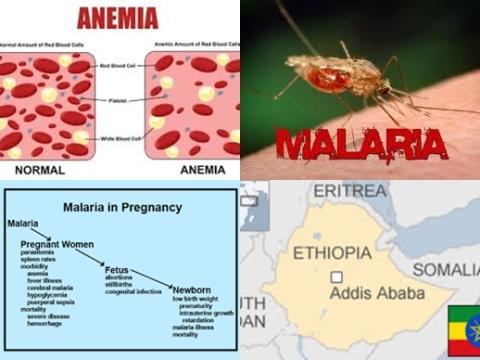
Objectives:
Anemia during pregnancy is one of the most common indirect obstetric cause of maternal mortality in developing countries. It is responsible for poor maternal and fetal outcomes. A limited number of studies were conducted on anemia during pregnancy in Ethiopia and they present inconsistent findings. Therefore, this review article (meta-analysis) has been conducted.
What are the findings conducted in several parts of the country and present the national level of anemia among pregnant women in Ethiopia?
Study design:
This review article included 20 cross-sectional studies with a total of 10,281 pregnant women.
The minimum and maximum age of pregnant women included in this review were 14 years and 42 years.
The Begg’s and Egger’s test for publication bias showed no statistical evidence of publication bias.
Results and conclusions:
The investigators found the pooled prevalence of anemia among pregnant women in Ethiopia was [31.66%, 95% CI = 26.20 to 37.11].
The investigators found based on the pooled prevalence of the subgroup analysis result, the lowest prevalence of anemia among pregnant women was observed in Amhara region, [15.89%, 95% CI = 8.82 to 22.96] and the highest prevalence was in Somali region [56.80%, 95% CI = 52.76 to 60.84].
The investigators found based on the pooled prevalence of the subgroup analysis result, Primigravid [RR = 0.61, 95% CI = 0.53 to 0.71] and urban women [RR = 0.73, 95% CI = 0.60 to 0.88, p-heterogeneity = 0.003] were less likely to develop anemia.
The investigators found mothers with short pregnancy interval (2 years) had a higher risk of 114% [RR = 2.14, 95% CI = 1.67 to 2.74, p-heterogeneity = 0.108] to develop anemia.
The investigators found malaria infection during pregnancy significantly increase anemia risk with 94% [RR = 1.94, 95% CI = 1.33 to 2.82].
The investigators concluded almost one-third of pregnant women in Ethiopia have been anemic. Statistically significant association has been observed between anemia during pregnancy and residence, gravidity, pregnancy interval and malaria infection during their pregnancy. Regions with higher anemia prevalence among pregnant women should be given due attention. Further studies should be conducted to better understand the determinant factors in these regions.
Original title:
Prevalence and determinants of anemia among pregnant women in Ethiopia; a systematic review and meta-analysis by Kassa GM, Muche AA, […], Fekadu GA.
Link:
https://www.ncbi.nlm.nih.gov/pmc/articles/PMC5646153/
Additional information of El Mondo:
Find more information/studies on food fortification/malnutrition and study design/meta-analysis/significant right here.